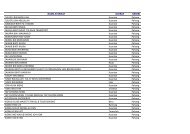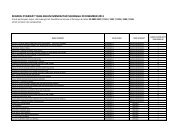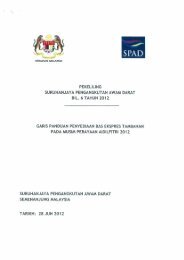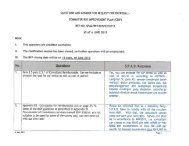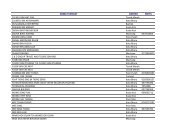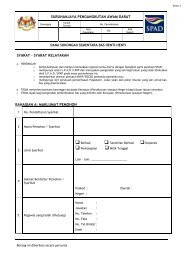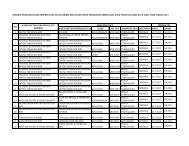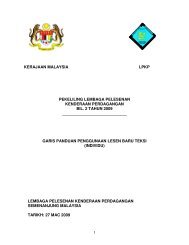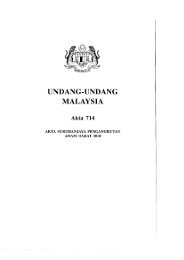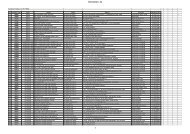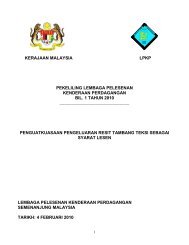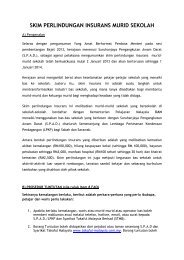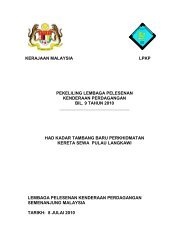Contents - SPAD
Contents - SPAD
Contents - SPAD
Create successful ePaper yourself
Turn your PDF publications into a flip-book with our unique Google optimized e-Paper software.
3.8) Corridor Hierarchy and Local Network Provision<br />
In developing a future vision for bus based LPT provision it is important to understand that these<br />
conceptual corridors and the processes necessary to develop them will generate a series of „local<br />
bus networks‟.<br />
It is important that in developing „corridors‟ that these corridors are then integrated to form a<br />
network of local bus services, which integrate with one another to ensure that a joined up network<br />
of services exist to meet passenger demand and the needs of the users. Of equal importance to<br />
the services themselves is the approach taken to the measures that result in a truly integrated LPT<br />
network across all modes, including ticketing arrangements, passenger information and signage.<br />
These local bus networks will consist of a series of local bus services, feeder services, main road<br />
corridors (or trunk corridors). It is important that this hierarchy of services will need to be<br />
delivered to meet the demand for the region, and that each level of service will have an integrated<br />
part to play in bus service delivery.<br />
3.9) The Greater KL/Klang Valley Corridor Hierarchy<br />
The corridors in the GKL/KV have been identified in terms of their roles in the hierarchy. The<br />
forecast demands identified in Section 3.5 were based on all modes (private and LPT) for each<br />
corridor. The morning peak demands were converted to a LPT PPHPD which assumes a 50:50 split<br />
between LPT and private transport reflecting longer term aspirations for modal share in the region.<br />
It is noted that for some corridors a higher modal share will be achievable.<br />
<br />
<br />
The primary corridors cover each of the main entries into the centre KL. Rail provides the<br />
main mode in the majority of these corridors.<br />
The secondary corridors comprise the linkages to other key centres such as Klang, Shah<br />
Alam, Petaling Jaya and Putrajaya.<br />
In addition to the primary and secondary corridors there are extensive feeder and local/ district<br />
corridors which are shorter in length and provide local access to centres and the other corridors.<br />
These are served by the bus network.<br />
In the case of KL, the assessment process showed that meeting the growing travel demand can be<br />
best achieved through an integrated combination of solutions most appropriate to the needs of the<br />
individual corridors and areas served.<br />
3.10) The Role of Modes in Greater KL/Klang Valley<br />
Having defined the hierarchy, the roles of each mode in the GKL/KV in the future can be<br />
summarised in Figure 3.10. Urban Rail can be defined as providing the spine to the future<br />
transport system, particularly in providing the high capacity linkages between the suburbs and the<br />
centre of KL. This will be undertaken through enhancement to existing lines, network extensions<br />
and the provision of new routes. Bus will provide the role of supporting and feeding the transport<br />
system. Bus services will fill in the gaps of the rail network, particularly on secondary corridors<br />
and on routes to the centre of KL not served by rail. Where appropriate these secondary corridors<br />
will use BET and BRT. To support the primary and secondary corridors, a network of feeder buses<br />
linking with local interchanges on the trunk network should be provided to ensure wider<br />
Page 46



